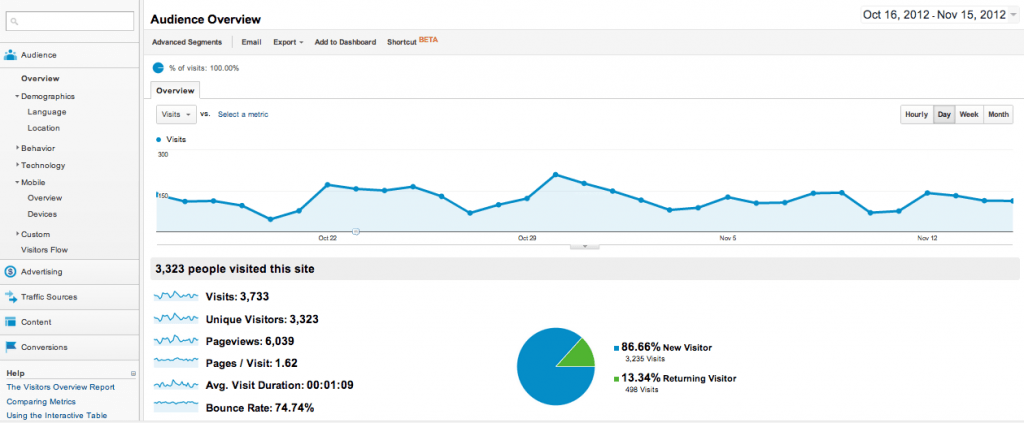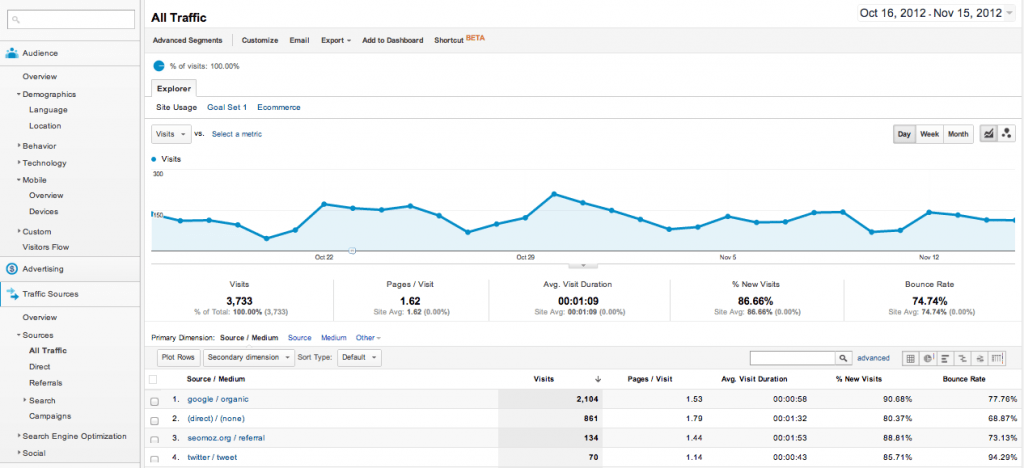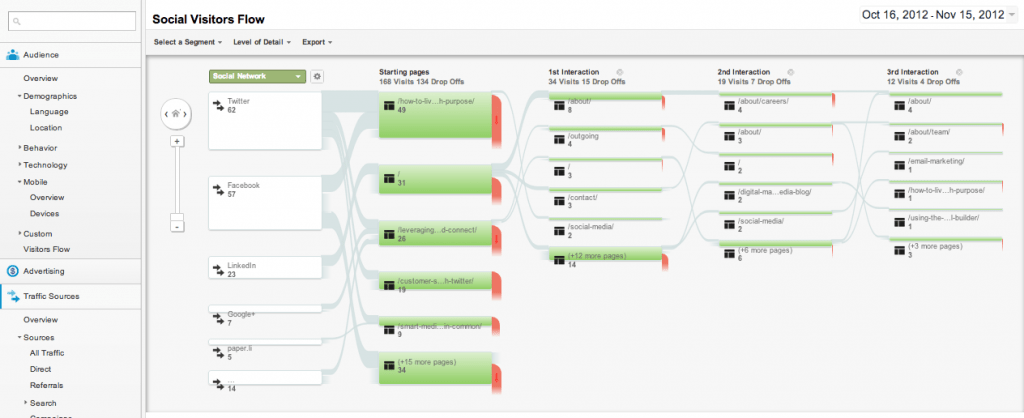 Google Analytics can be a daunting, intimidating challenge, especially when taking it on alone. But understanding and leveraging Google Analytics to gauge website traffic can help you determine the success of your marketing efforts, and where the most value comes from. Here are some tricks for how you can leverage Google Analytics to evaluate your marketing efforts.
Google Analytics can be a daunting, intimidating challenge, especially when taking it on alone. But understanding and leveraging Google Analytics to gauge website traffic can help you determine the success of your marketing efforts, and where the most value comes from. Here are some tricks for how you can leverage Google Analytics to evaluate your marketing efforts.
So, what is Google Analytics?
Google Analytics is a primary measuring stick for website traffic. It tracks how customers arrive to your website, how long they stay and what content interests them. It allows us to look in-depth at website traffic and most importantly, what it means.
Website traffic is an indicator of how well you market your site, product, brand and company. By using Google Analytics as a tool, you can determine how effective your efforts are by watching for spikes in traffic, investigating what tactic caused the spike and executing similar campaigns based on tangible data.
Is Google Analytics the magical answer to all of my problems?
Unfortunately, no. Google Analytics is not perfect. It won’t track every source, referring website or gather 100% of the data.
Why is that? Many people turn off cookies, block tracking on their computers and enable secure browsing. 6 Personas That Google Analytics Won’t Track takes a humorous look at some specific scenarios where Google Analytics cannot track data.
Google Analytics also can’t track activity in mobile apps. As more and more people use them—especially to check social networks—additional data is lost. We’re seeing more and more people using their mobile devices, so it’s increasingly important to find a solution.
Even though Google Analytics doesn’t capture 100% of the data, what it does catch is invaluable for marketers and businesses. And there’s a way to capture some of the data lost when Google Analytics can’t organically track it.
Use the Google Analytics URL Builder
The Google Analytics URL Builder helps you track website traffic specific to your campaigns and marketing efforts. Check out my previous post for a step-by-step guide on how to use the URL Builder.
Here are a few key areas I focus on weekly when I look at website traffic data.
1. Audience Overview
When I first log into a Google Analytics account, I’m directed to the Audience Overview page. This page highlights: total visits, unique visitors, pageviews, average pages per visit, average visit duration, bounce rate and percent of new visits. At a glance, this helps me gauge the basics of my website’s traffic within a designated time duration.
2. Traffic Sources – Sources
Under Traffic Sources > Sources, I can review three different dimensions: “All Traffic,” “Direct” and “Referrals.” These segments provide a better understanding of how people get to a website. For marketers and businesses alike, this can help me determine what social network drives more traffic.
3. Traffic Sources – Search – Campaigns
As mentioned earlier, I use the Google Analytics URL Builder in order to help capture all of the traffic within specific campaigns. The Campaigns section (find it under Traffic Sources > Search > Campaigns) helps me to see how my specific social media campaigns did.
Because I’ve appended all URLs I include in my campaigns with source information (Twitter, Facebook, Pinterest), I know exactly how many people visited from my links through these social networks.
4. Traffic Sources – Social
The Social section of Google Analytics is my favorite because I deal with social media on a daily basis. I use Overview, Pages, Conversions and Social Visitors Flow pages the most.
The Overview section gives me a quick glance at the top referring social networks, as well as the number of total visits driven by social sites and tracked by Google. Pages shows the top pages that social media is driving traffic to. Conversions is just that, the number of conversions that happen on a website (and monetary value if applicable). Lastly, the Social Visitors Flow section of analysis is a great way to see how my social media audiences travel through my website!
One important thing to note: Although the Social section tracks referral traffic from social networks, the total visits from social may be a lot different when compared to the total campaign visits. This is because some data is lost due to secure browsing and mobile apps. Make sure to append all of the links you send via social channels using the Google Analytics URL builder to make sure you capture as much traffic as possible.
In a future article, I’ll discuss conversion measurement and setting up goals in more detail.






Leave a Reply